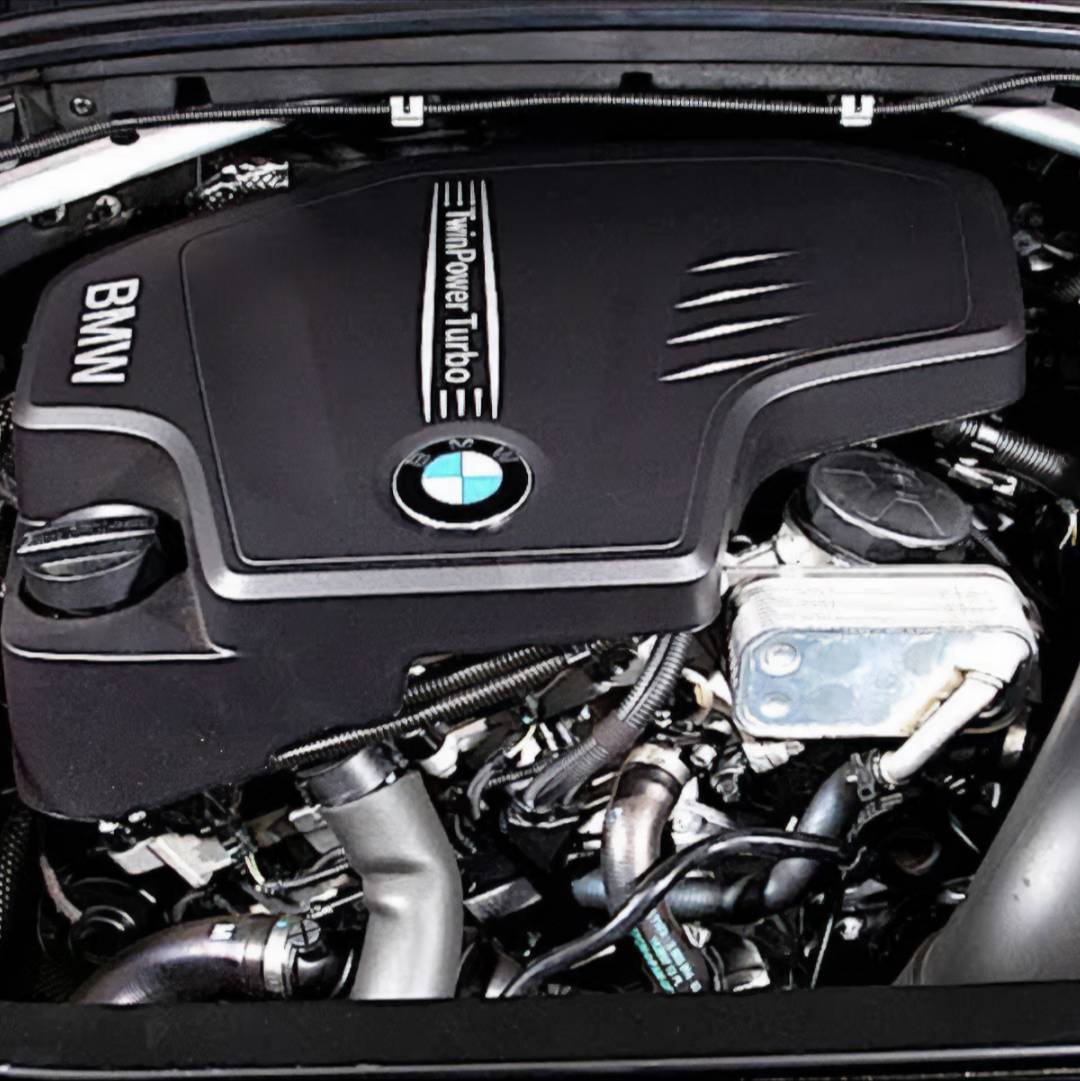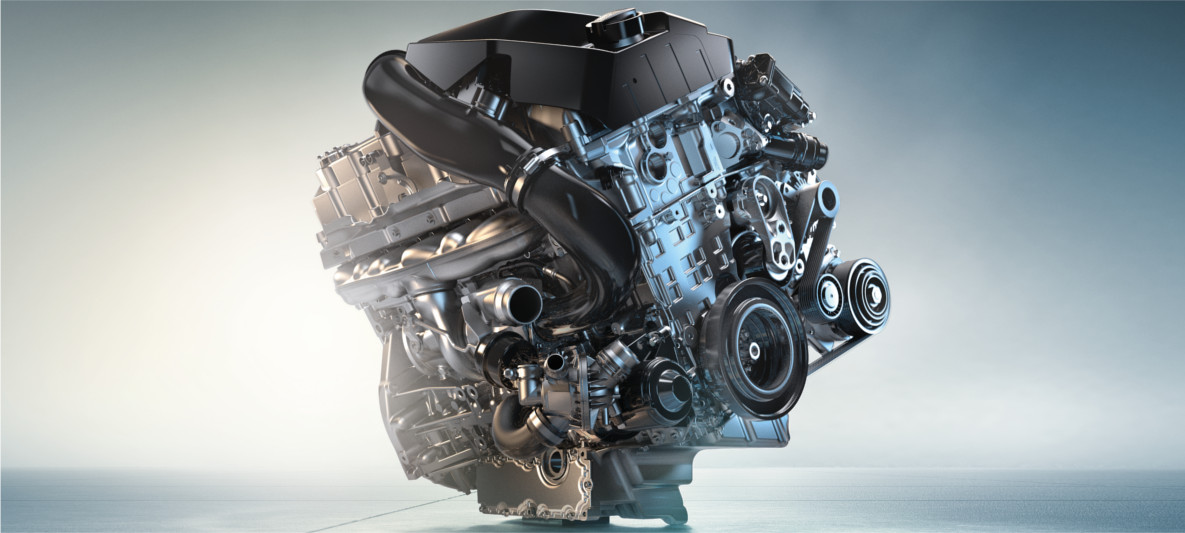Exactly how to Maintain Your BMW Engine for Optimal Efficiency and Longevity
Exactly how to Maintain Your BMW Engine for Optimal Efficiency and Longevity
Blog Article
Checking Out the Development of Burning Engines in Modern Transportation Solutions
As we browse the landscape of modern transport, the evolution of combustion engines stands as a testimony to human ingenuity and design expertise. From their simple starts to the sophisticated powerhouses moving lorries today, burning engines have gone through a remarkable journey of technology and adaptation. Recognizing the details of this advancement not just loses light on the past yet also leads the method for picturing what lies ahead in the realm of transportation modern technology. The interplay of history, modern technology, and ecological worries fit the trajectory of combustion engines creates a narrative that is both informative and engaging.
Very Early Beginnings of Combustion Engines
How did the concept of burning engines initial arise in the onset of transportation growth? The origins of combustion engines can be traced back to the 17th century when the principles of interior combustion were first discovered. In 1673, Christian Huygens conceptualized a standard internal burning engine that utilized gunpowder to create power. It had not been until the late 19th century that functional applications of burning engines in transport started to emerge.
The breakthrough minute included the innovation of the initial successful gasoline-powered engine by Karl Benz in 1885 - bmw engine. This engine led the way for the growth of the contemporary auto, changing transport systems worldwide. Subsequent developments by Nikolaus Otto and Gottlieb Daimler further improved combustion engine innovation, leading to the mass production of autos and the fast growth of the transportation industry
These very early combustion engines were characterized by their simpleness and efficiency, laying the foundation for the complicated and effective engines made use of in modern-day transport systems. The advancement of combustion engines has actually been instrumental in shaping the way we travel and transfer items, noting a considerable turning point in the background of transportation development.
Transition to Internal Burning Innovation
The transition to interior combustion modern technology noted a pivotal change in the evolution of transportation systems. This change began in the late 19th century, with developers like Nikolaus Otto and Gottlieb Daimler developing the very first effective interior burning engines. These engines transformed transport by offering an extra efficient and effective choice to heavy steam engines and electrical motors.
One of the essential benefits of inner burning engines was their ability to be reduced to match cars, bring about the advancement of bikes and autos. This change from cumbersome, stationary engines to portable, mobile ones led the way for the contemporary transportation systems we see today.
The transition to inner combustion technology also spurred advancements in gas innovation, resulting in the development of gas and diesel as main fuel resources for automobiles. This shift not only made transportation more easily accessible to the masses but likewise laid the structure for the oil and gas sector to come to be important to international economic climates.
Effect of Combustion Engines on Transportation
The fostering of combustion engines in transportation systems catalyzed an extensive change in the effectiveness and speed of global movement. Burning engines changed transport by supplying a versatile and dependable resource of power for numerous automobiles, including automobiles, planes, trucks, and ships. This technology considerably boosted the capability for goods and people to conform fars away in shorter timespan, resulting in increased connection in between areas and nations.
In addition, the prevalent usage of burning engines has had a substantial influence on financial growth. The ability to carry goods successfully has actually spurred profession and business, enabling businesses to increase their markets and reach consumers worldwide. This has actually assisted in financial growth and globalization, as items can currently be delivered much faster and in larger quantities than in the past.
However, the environmental influence of combustion engines can not be ignored. The combustion of nonrenewable fuel sources has led to air contamination and greenhouse gas emissions, adding to climate change and posing health and wellness risks to populaces. bmw engine. As a result, there is a growing focus on developing alternative propulsion click over here innovations to reduce these unfavorable results and create an extra lasting future for transportation
Developments in Combustion Engine Design
Countless developments in burning engine layout have pushed the evolution of transport systems over the years. One notable innovation is the growth of turbocharged engines, which utilize exhaust gases to drive a wind turbine that presses inbound air, allowing for even more fuel to be scorched, resulting in enhanced power output without a considerable boost in engine size. Furthermore, direct shot technology has actually improved fuel effectiveness and efficiency by specifically managing the quantity and timing of fuel infused into the combustion chamber. Variable shutoff timing systems have actually likewise revolutionized engine design by maximizing airflow at various engine speeds, enhancing both power and performance. Another substantial improvement is the assimilation of lightweight products such as carbon fiber and light weight aluminum alloys, reducing general engine weight and improving lorry fuel economy. Furthermore, innovations in computer-aided layout have made it possible for designers to enhance engine performance and efficiency via simulations before physical models are developed, saving time and resources in the development procedure. These advancements jointly contribute to the constant improvement of combustion engines in contemporary transportation systems.
Future Fads in Combustion Engine Growth
With modern technology developments driving continual technology, the future of combustion engine advancement is positioned to transform transport systems internationally. One of the crucial trends in combustion engine growth is the press in the direction of greater efficiency and reduced discharges. Manufacturers are spending greatly in study and advancement to improve engine performance while satisfying strict environmental policies. This consists of the combination of innovative fuel injection systems, boosted turbocharging approaches, and making use of light-weight products to optimize gas usage and minimize carbon emissions.
Another prominent fad is the fostering of crossbreed technologies in combustion engines. Hybrid engines incorporate traditional burning innovation with electrical power, providing improved fuel effectiveness and lower discharges. As the vehicle sector Website shifts in the direction of electrification, hybrid burning engines are viewed as a transitional service that connects the space in between traditional vehicles and completely electric ones.
Additionally, the combination of smart innovations, such as fabricated intelligence and information analytics, is anticipated to play a considerable duty in the future of combustion engine advancement. These modern technologies can enhance engine efficiency in real-time, leading to a lot more reliable combustion processes and enhanced overall automobile efficiency. Accepting these future trends will certainly not just drive technology in combustion engine growth yet additionally add to a more environmentally friendly and sustainable transport community.

Verdict
To conclude, the evolution of combustion engines in contemporary transport systems has been noted by considerable advancements in modern technology and style. From the very early starts of burning engines to the shift to internal combustion innovation, these engines have had an extensive influence on transportation. Innovations in burning engine layout remain to drive development in this area, with future patterns concentrating on additional enhancing performance and lowering discharges. The future of burning engines in transport looks appealing as research study and growth initiatives proceed to press boundaries.
The origins of combustion engines can be mapped back to the 17th century when the principles of interior combustion were very first explored. These engines reinvented transport by using a more effective and effective alternative to steam engines and electric motors.

Report this page